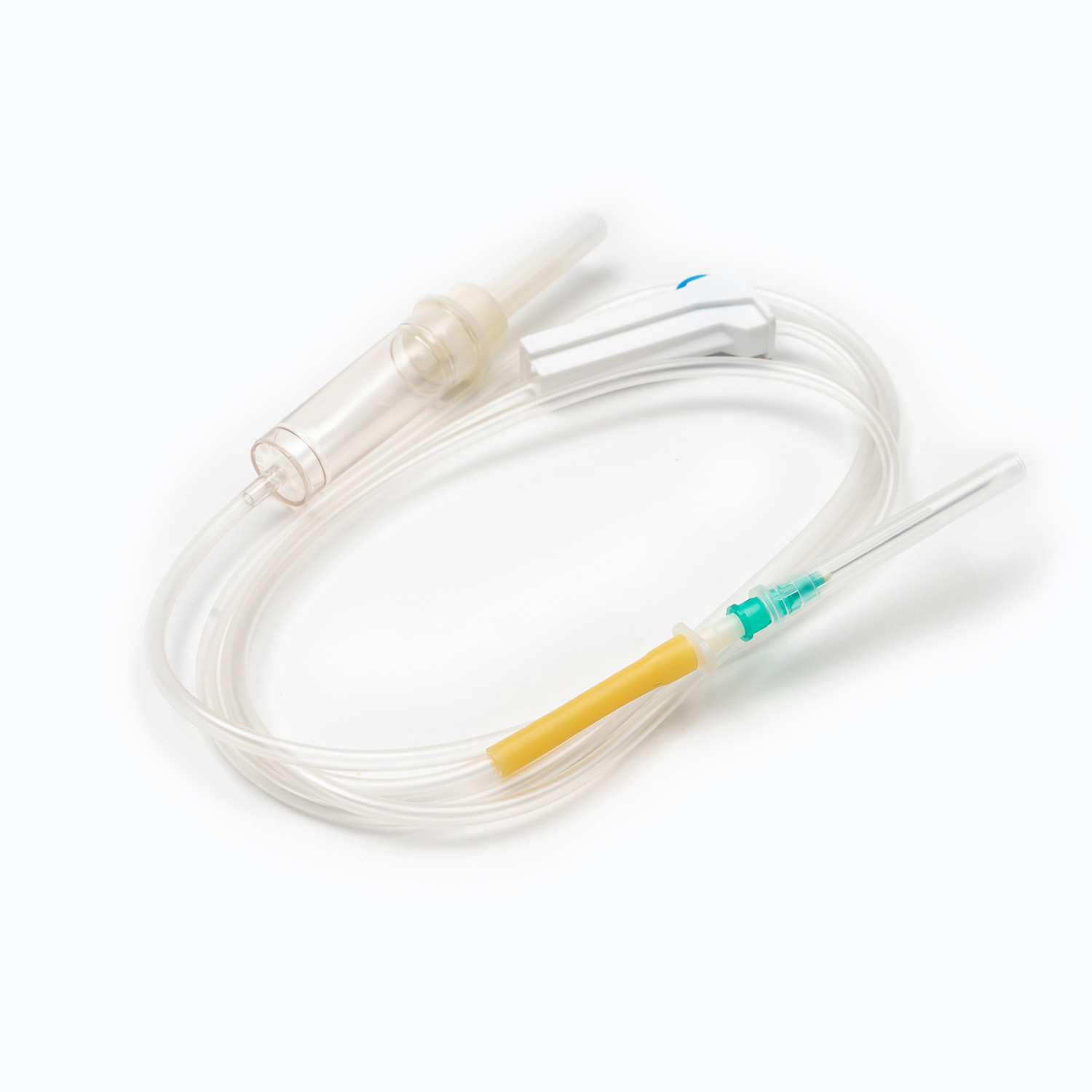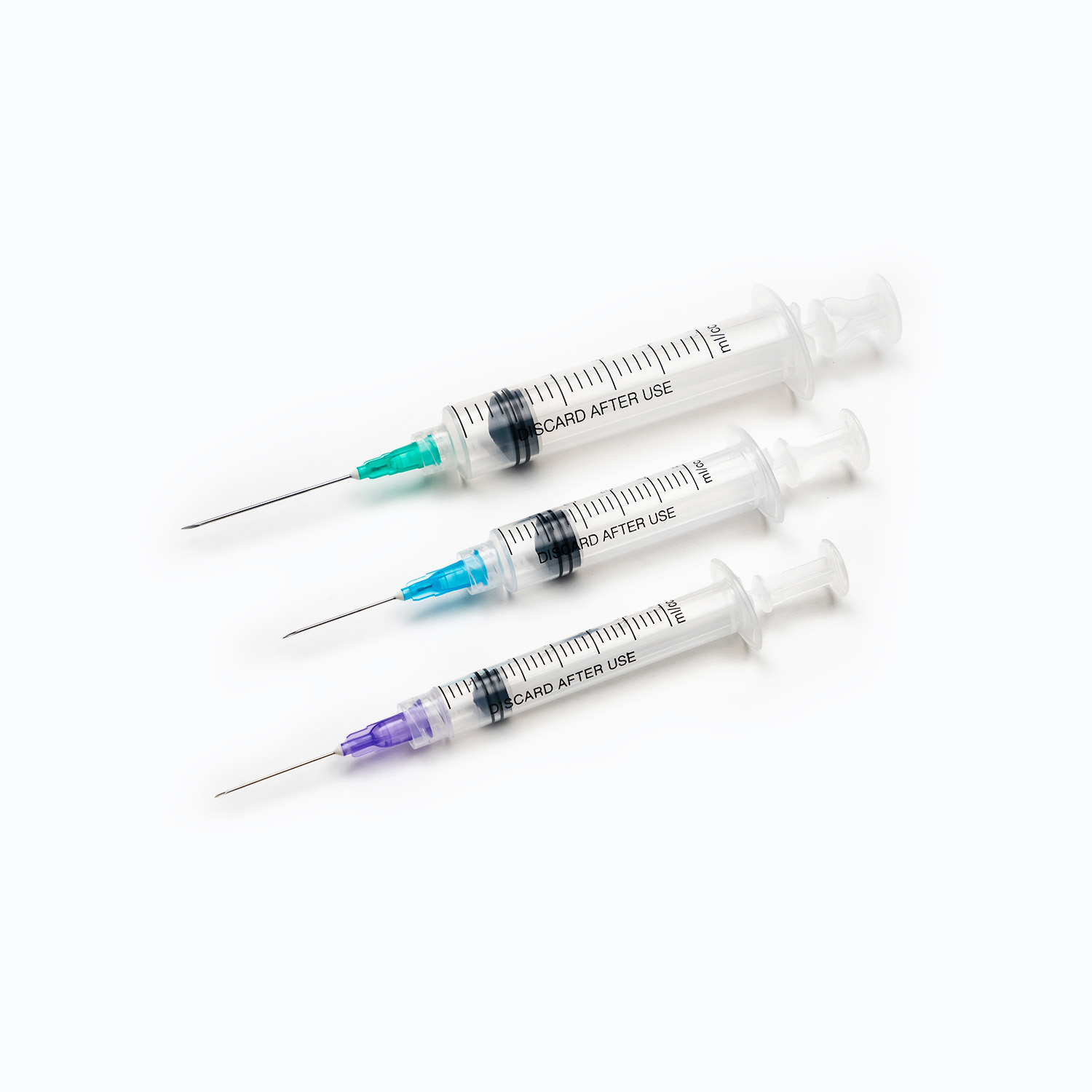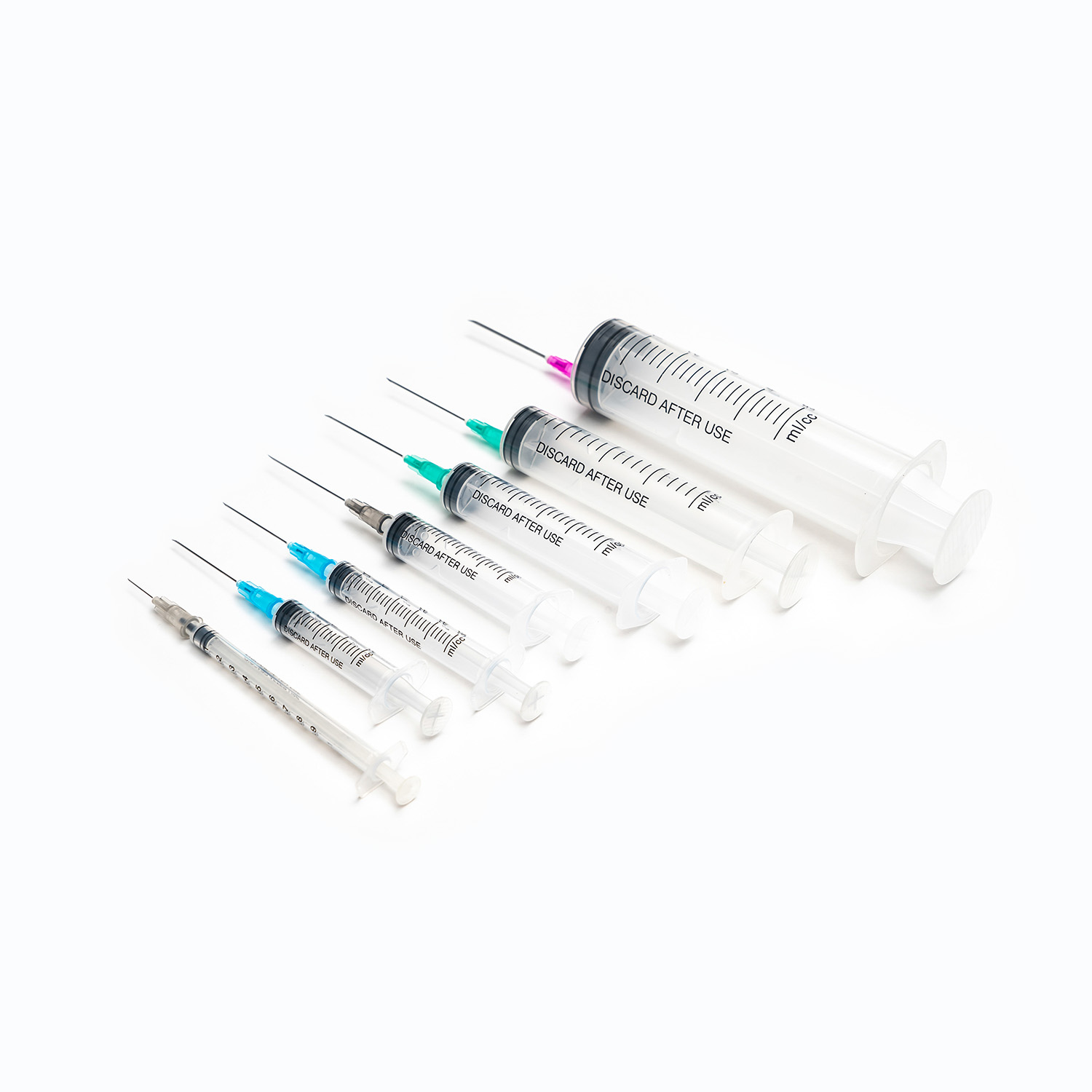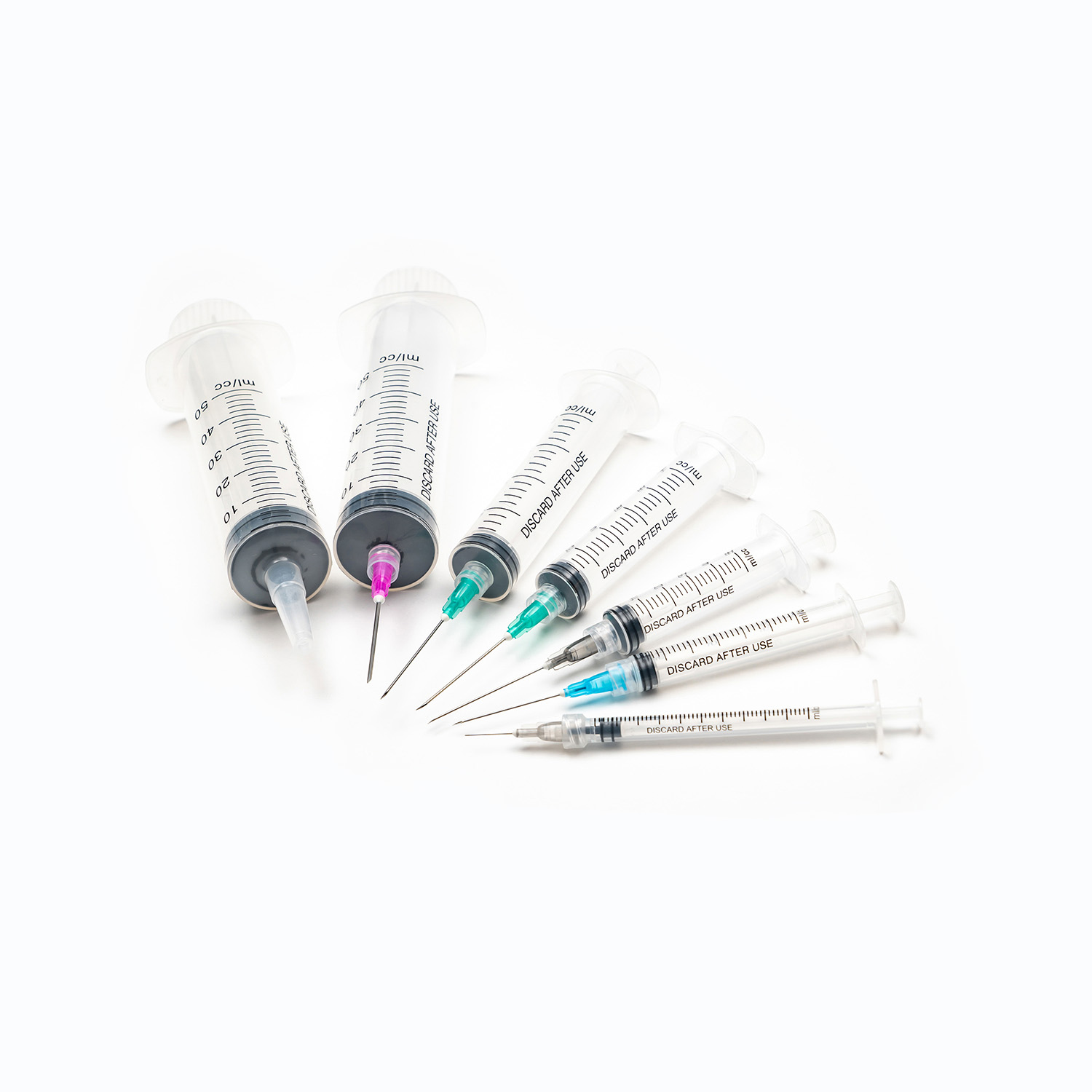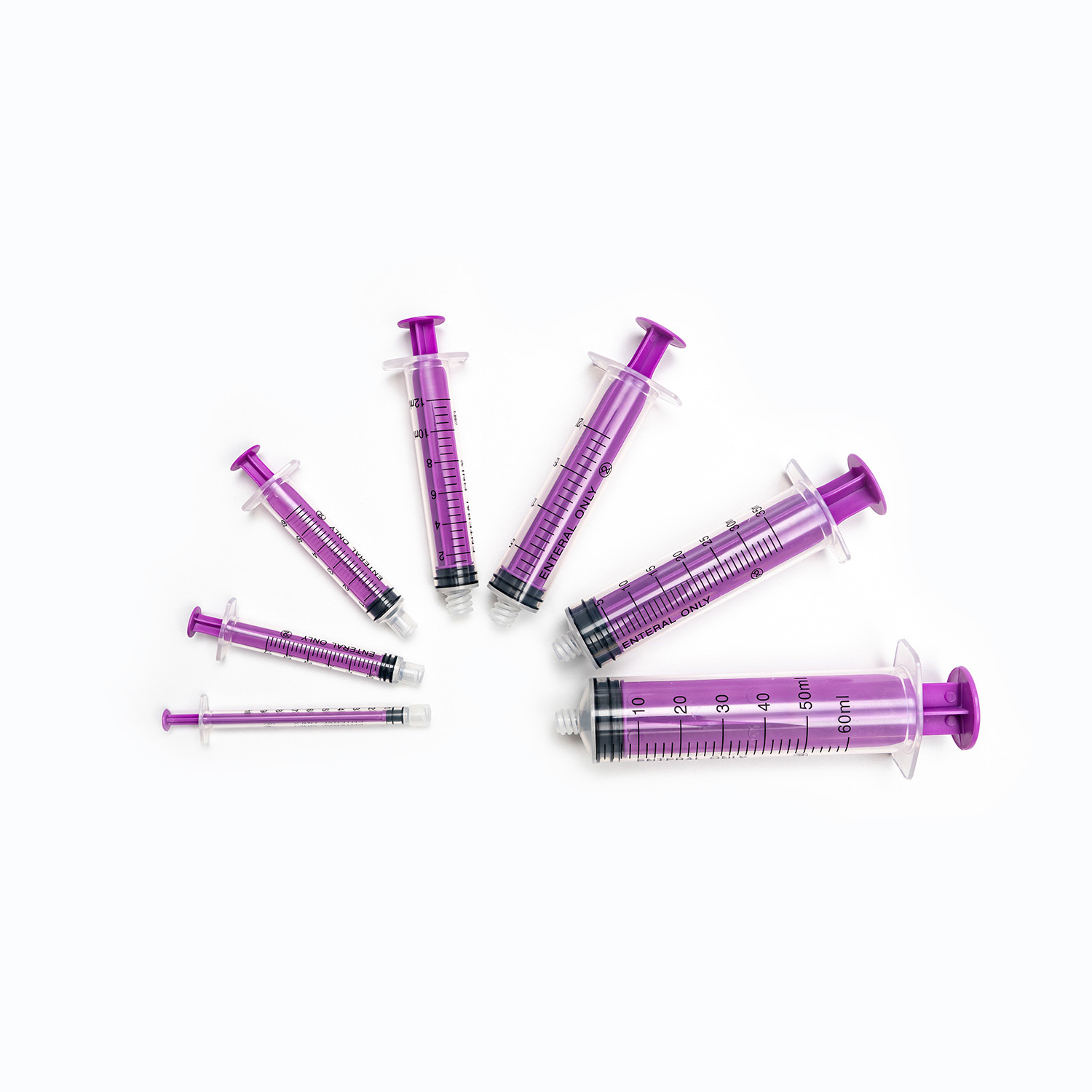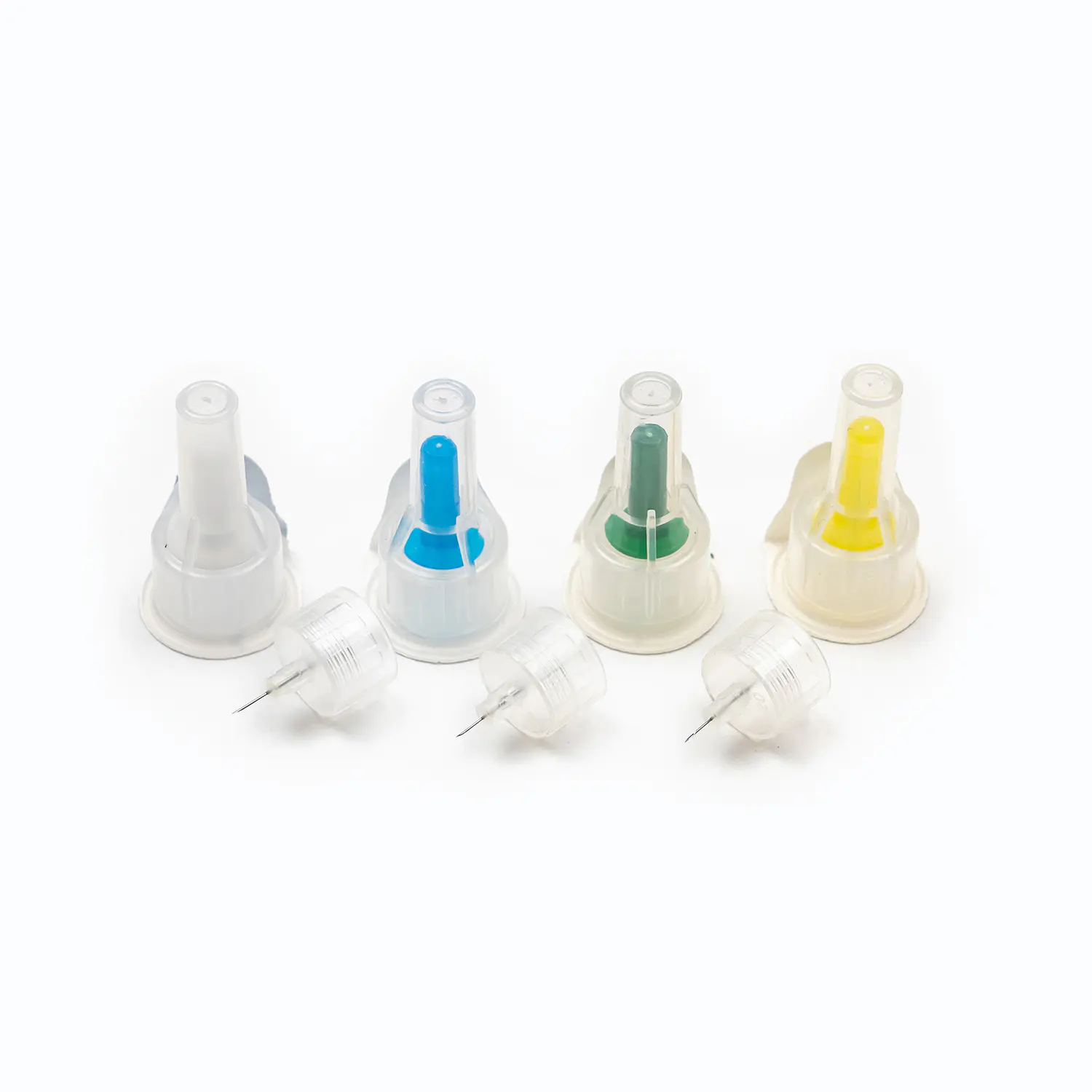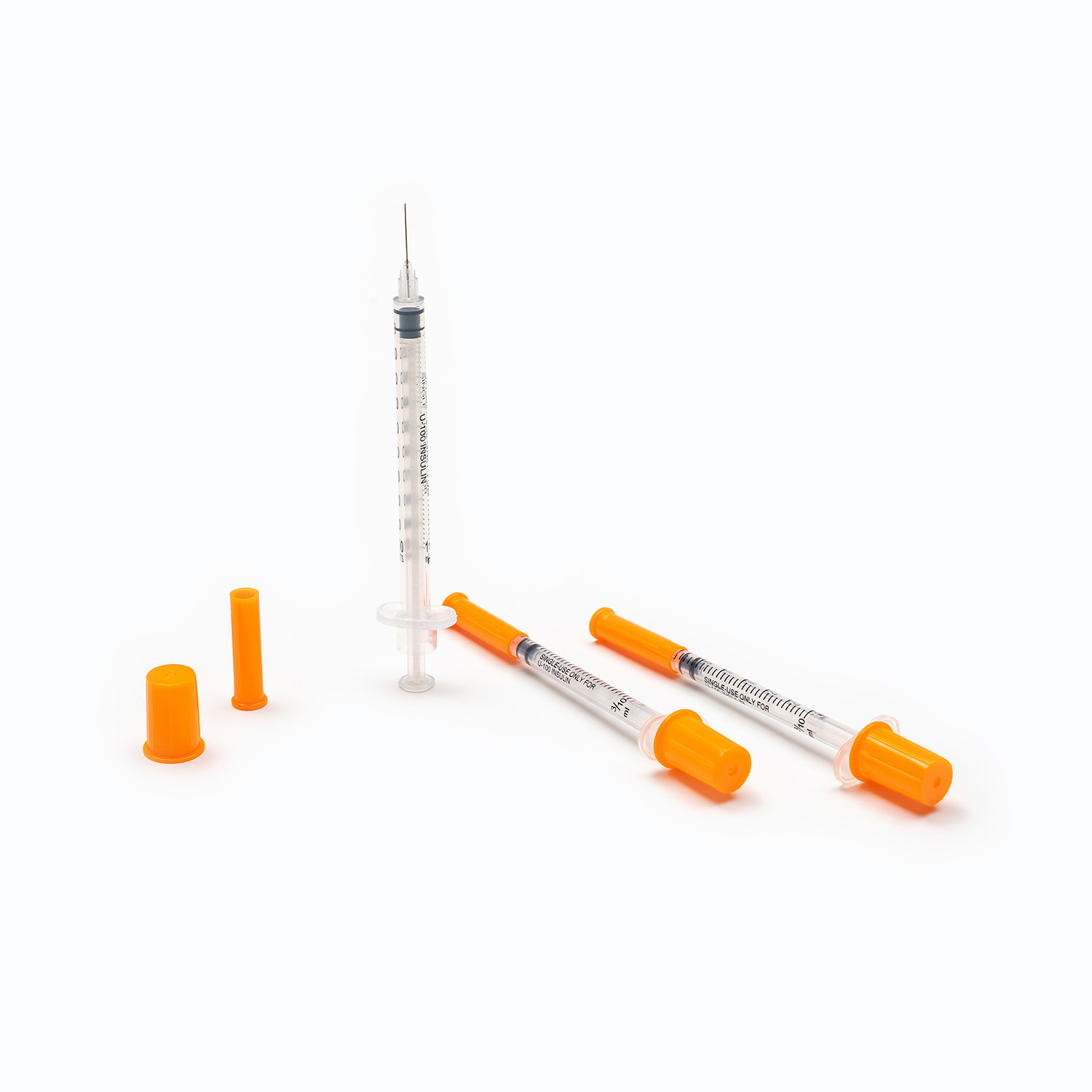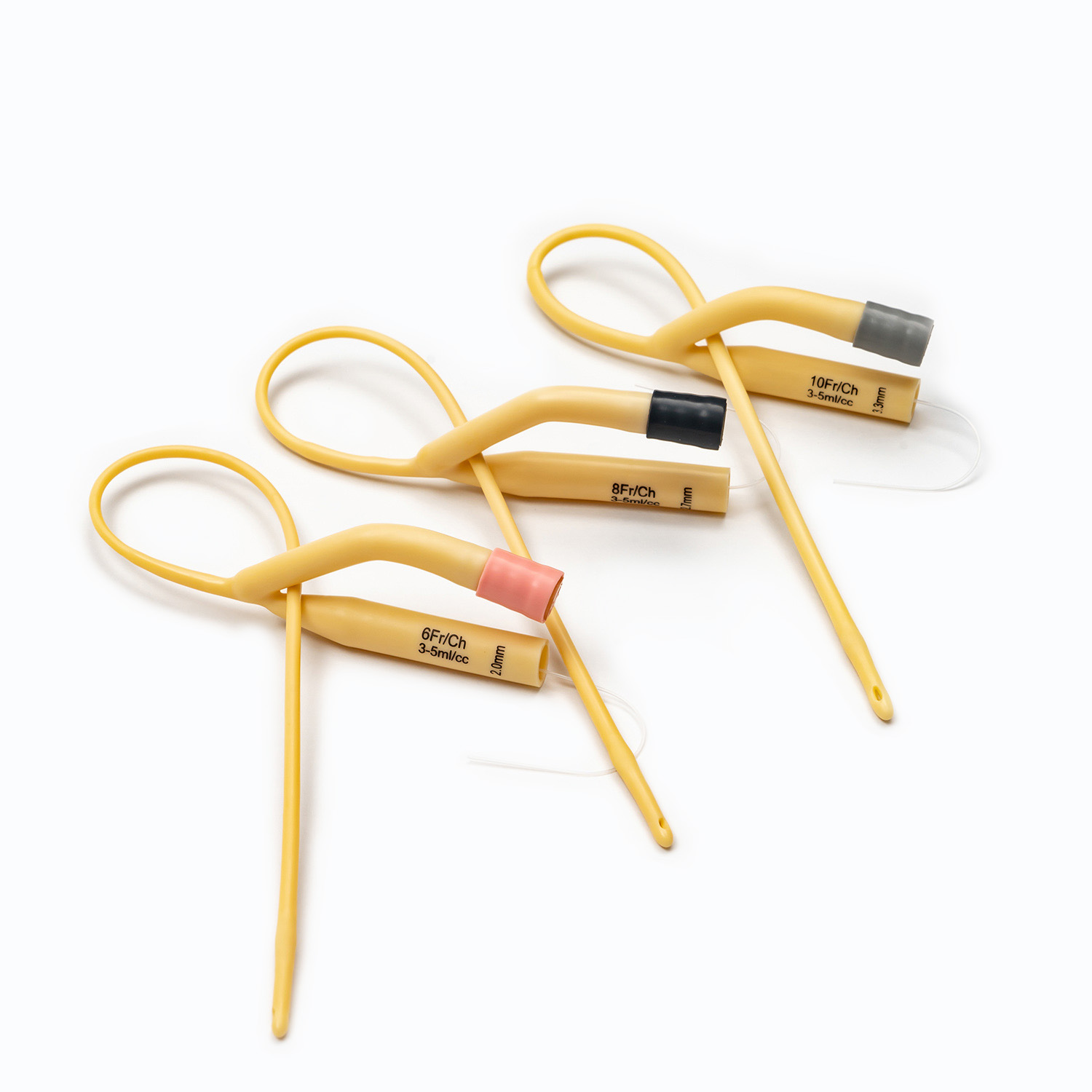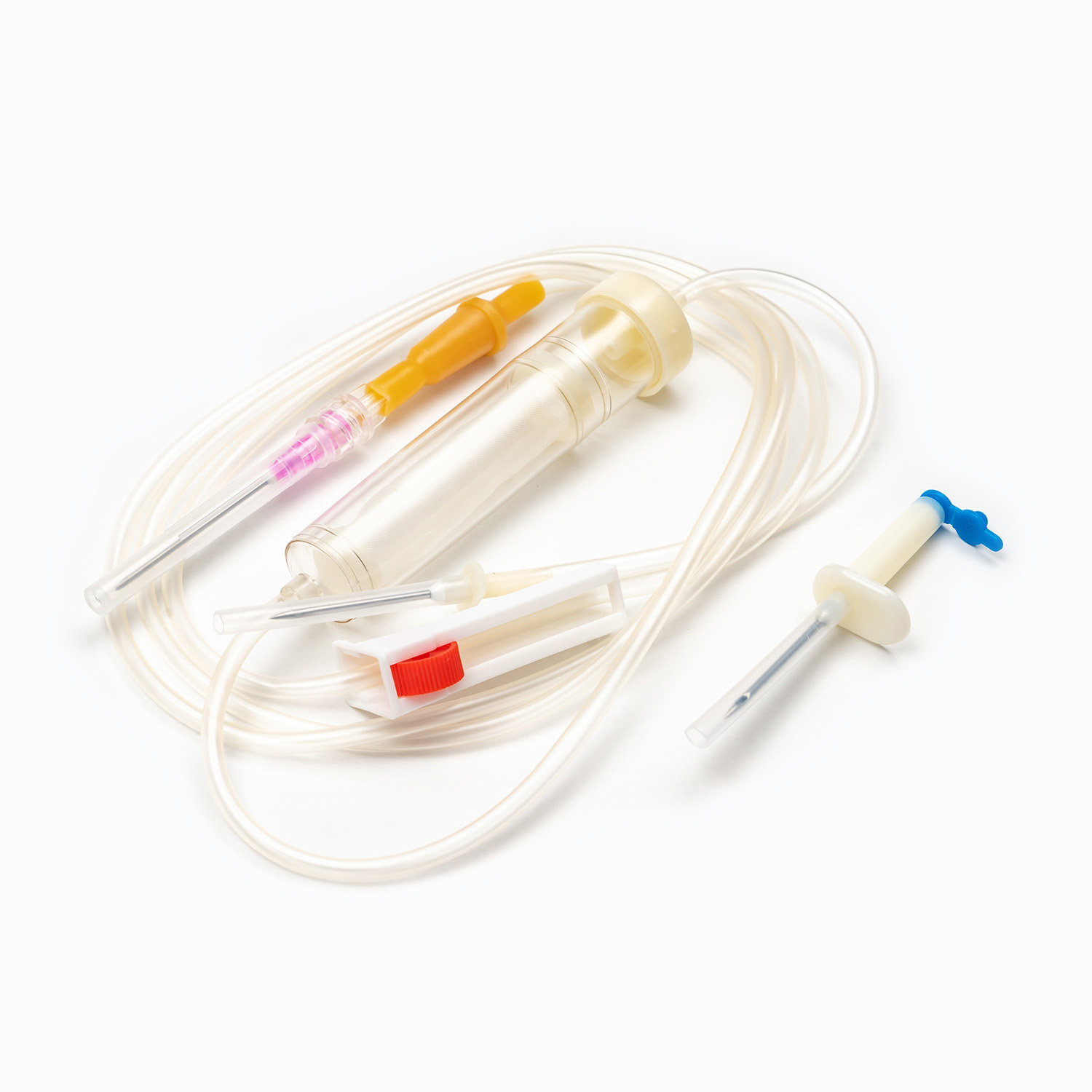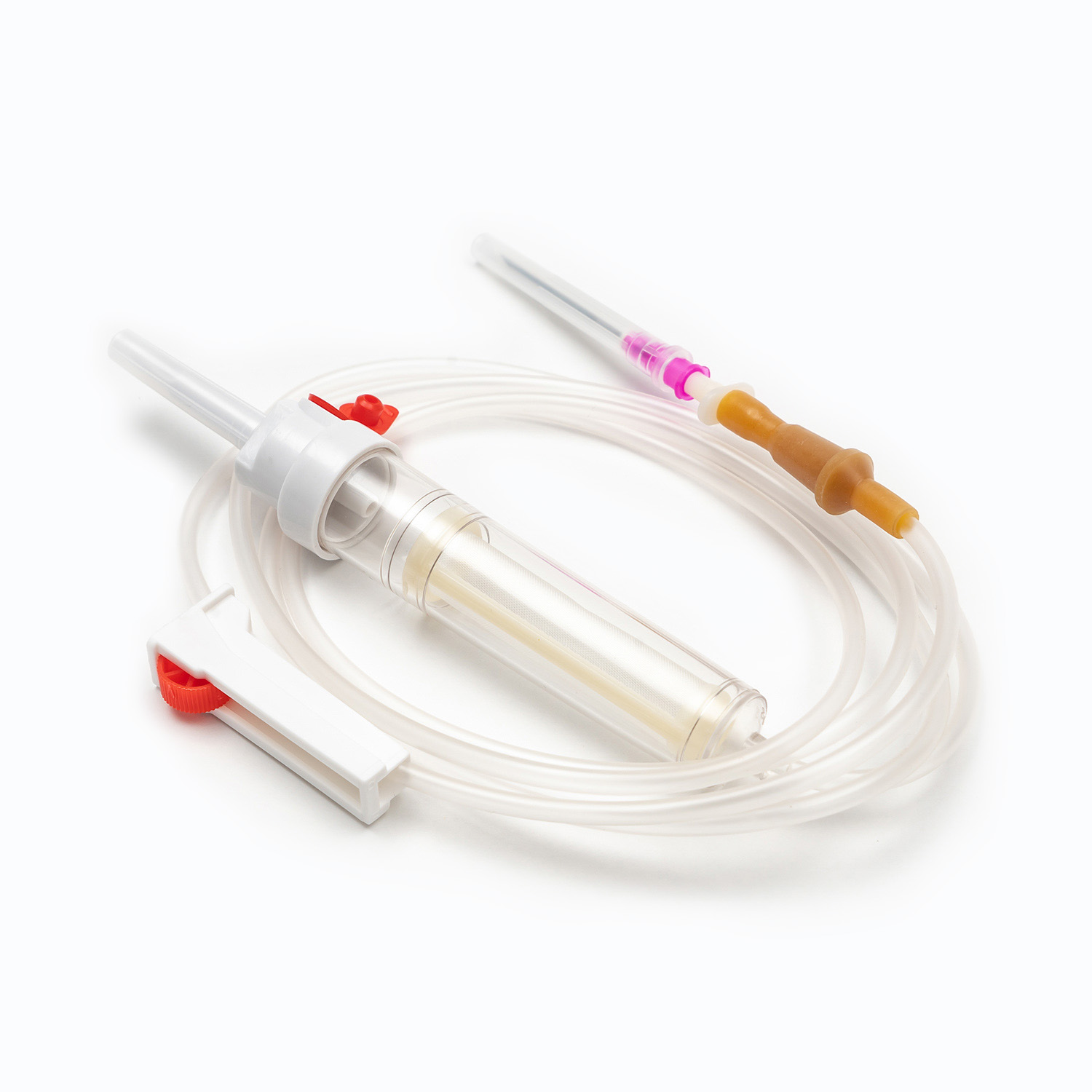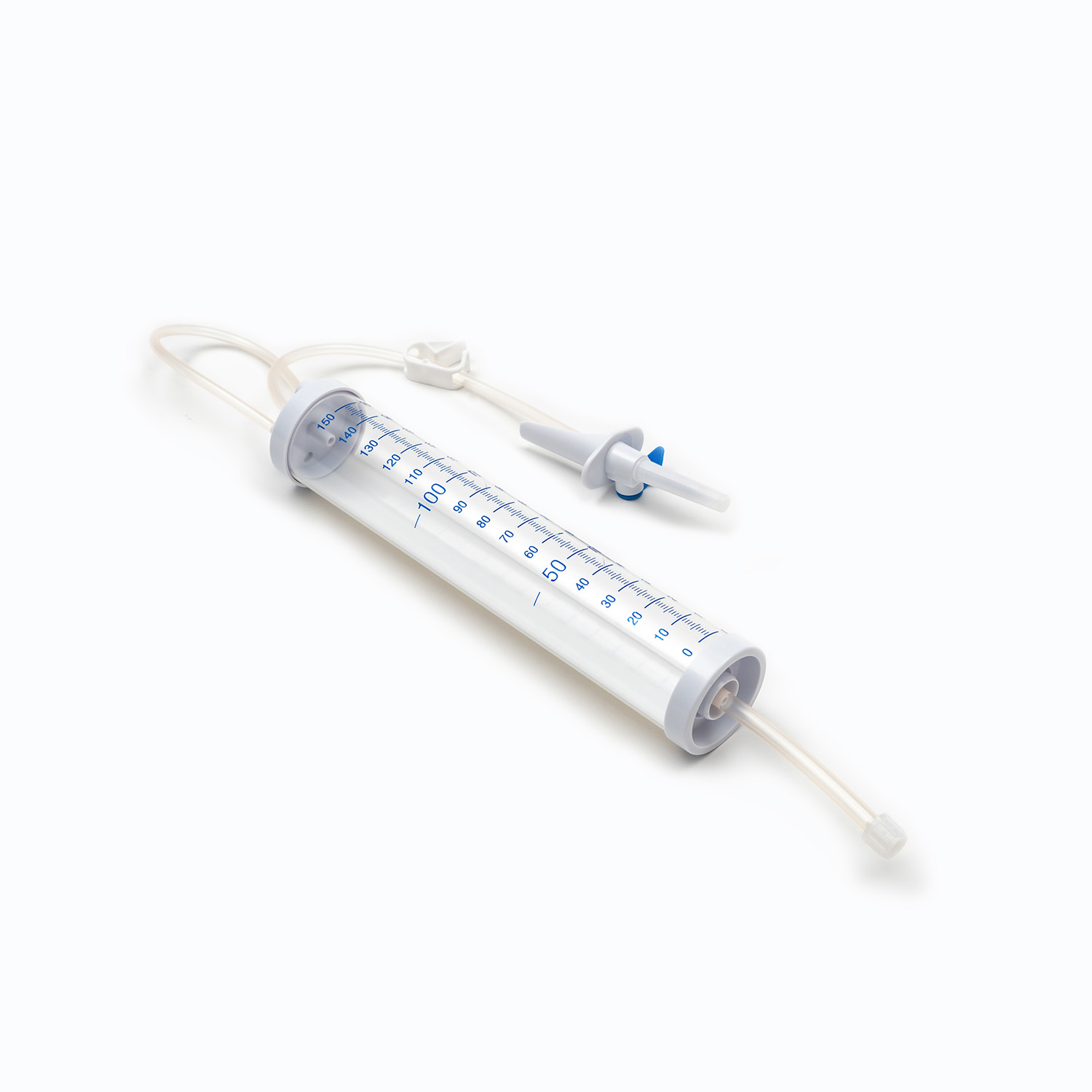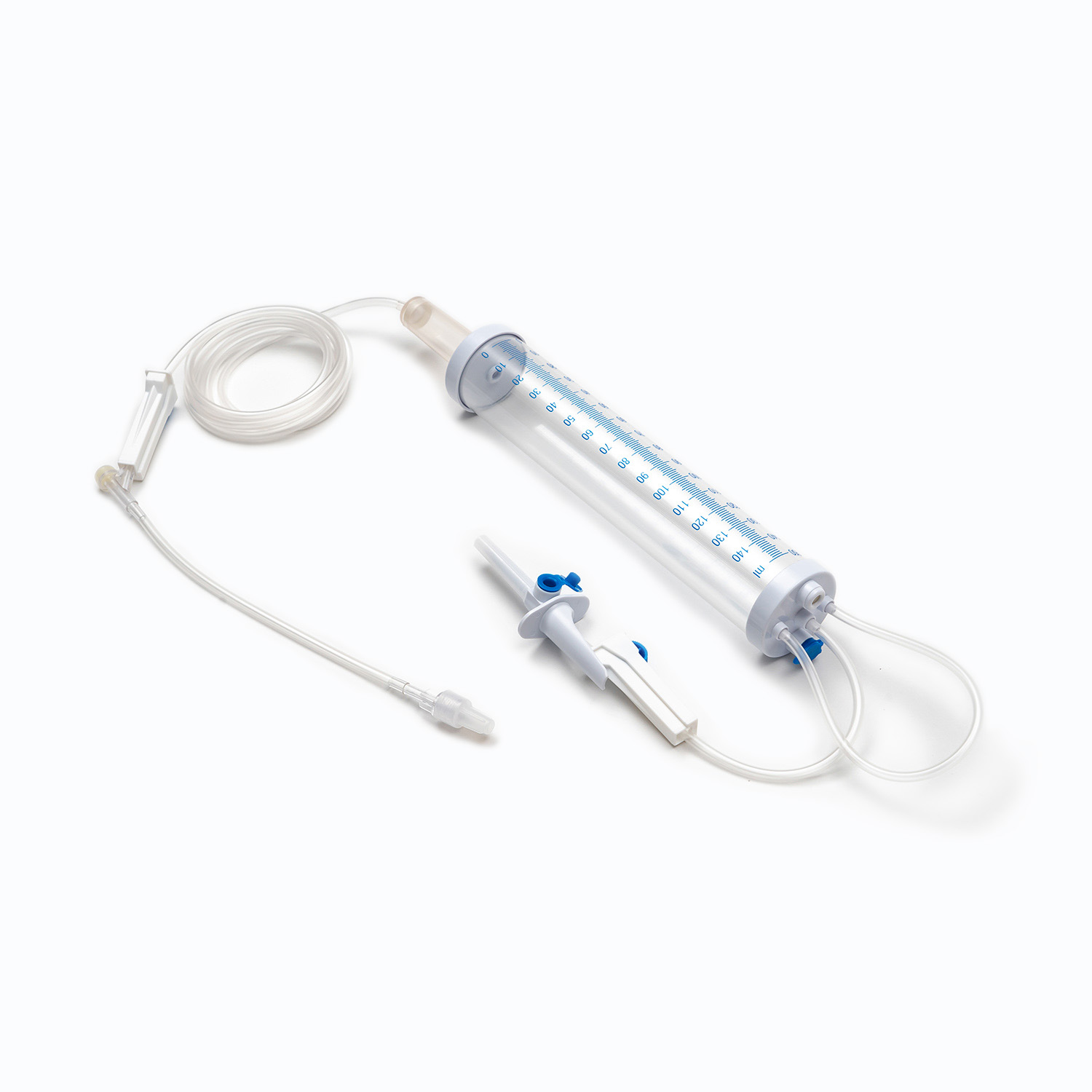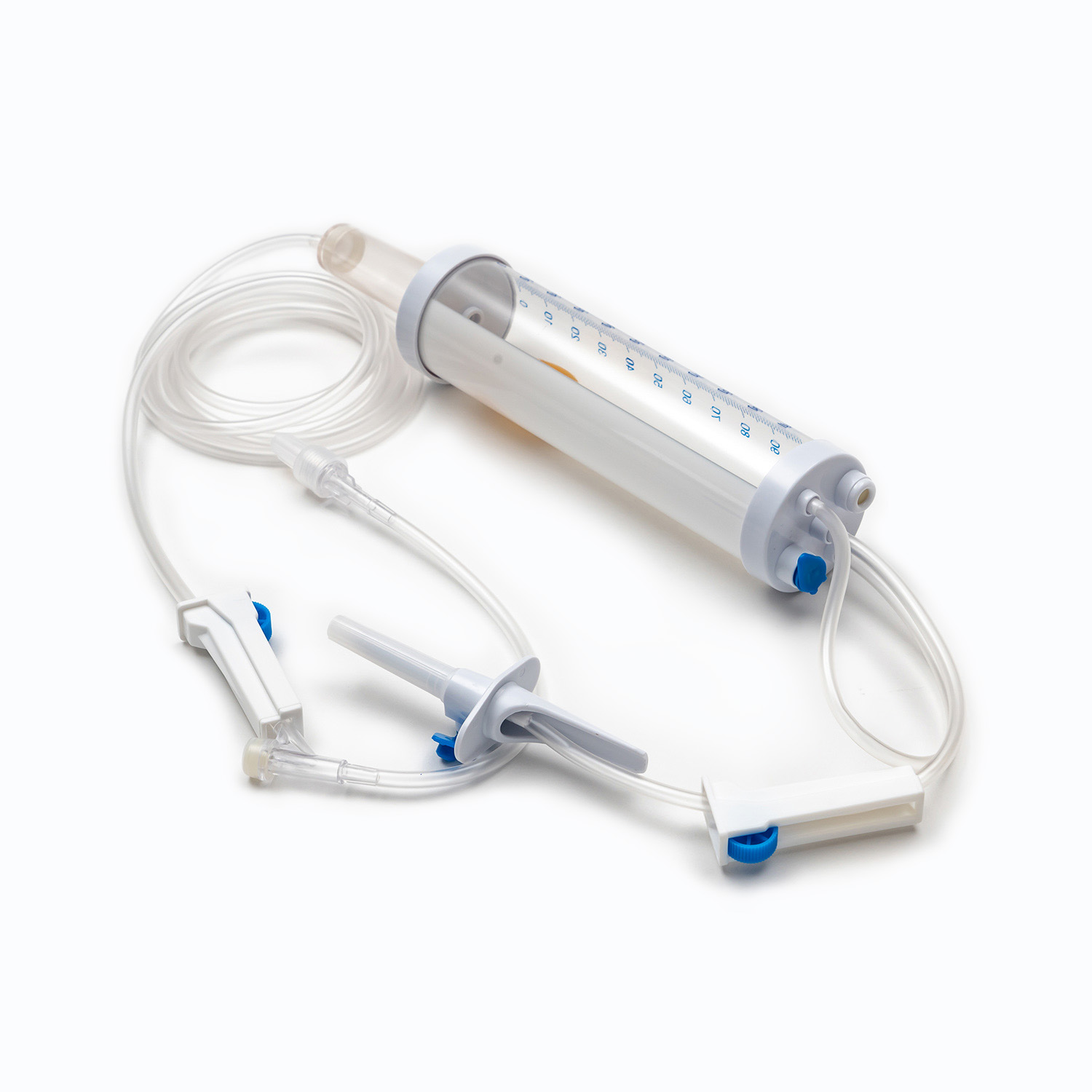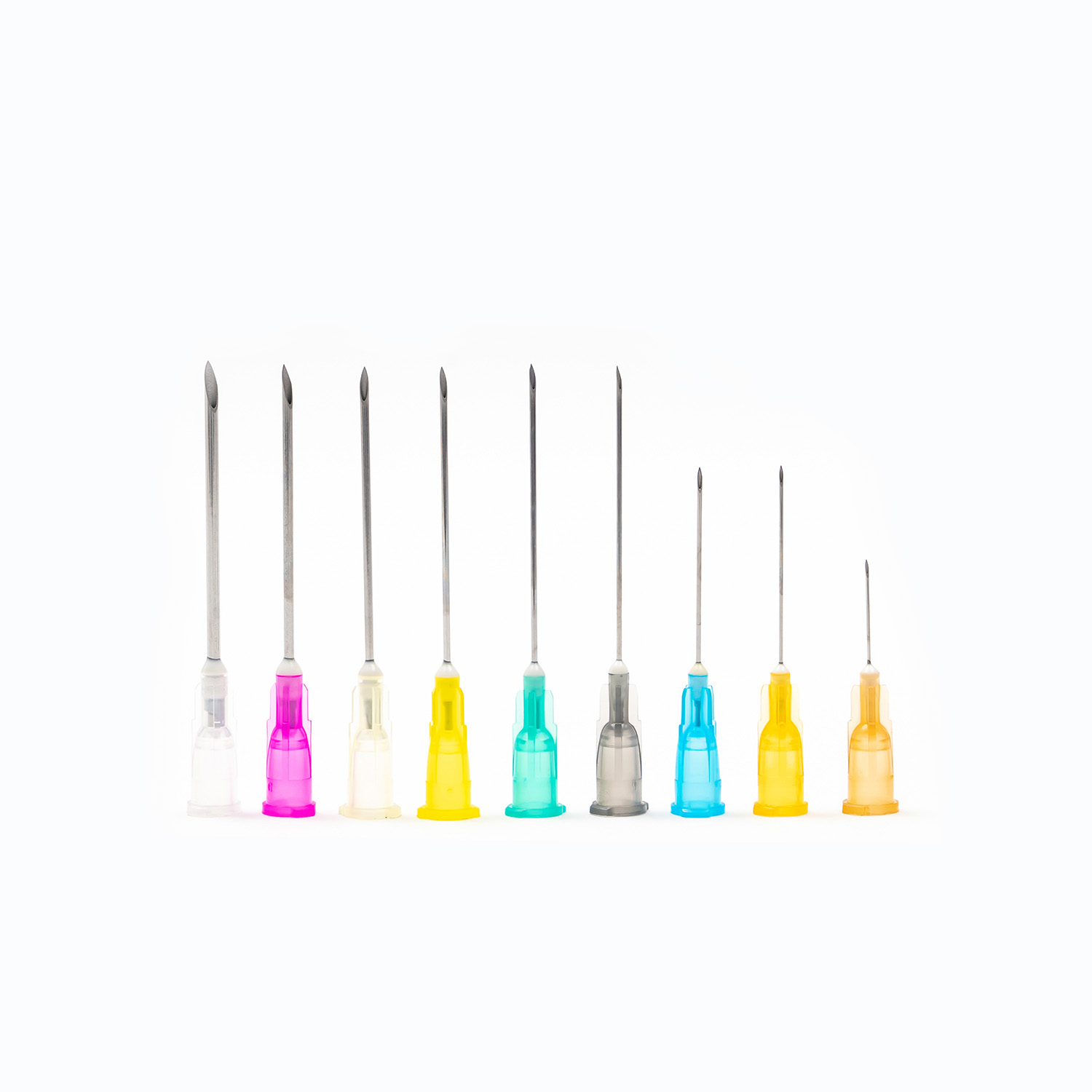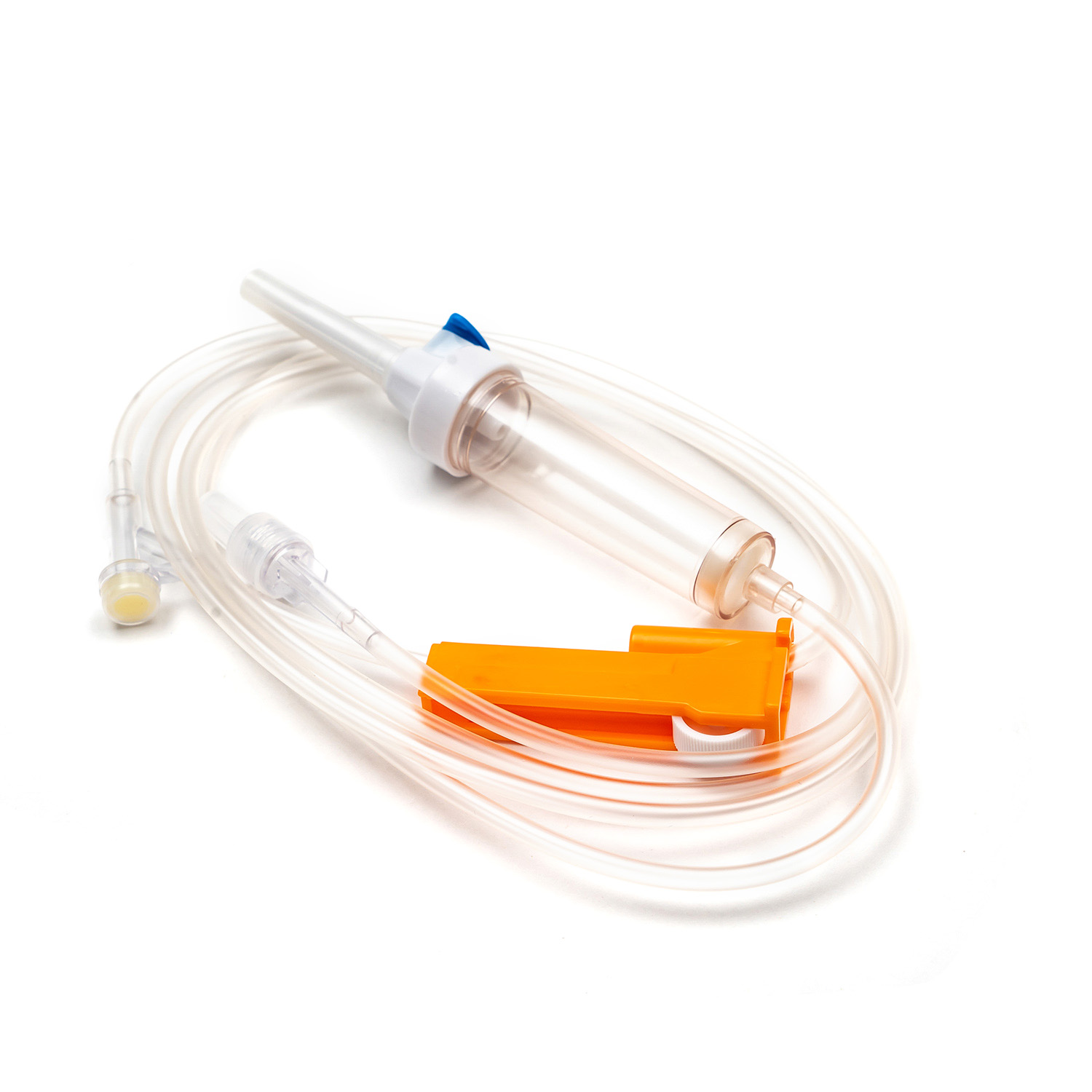Infusion Set: Life Channel in Medical Infusion System
Jun 08,2025
In modern medicine, Infusion Set is known as an important life channel connecting the drug solution with the patient's body. It is widely used in various clinical infusion operations and is a key device to ensure the safety, accuracy and efficiency of drug infusion. With the development of medical technology, infusion sets are constantly evolving towards higher intelligence and precision.
1. Basic structure and working principle of infusion sets
A standard infusion set mainly includes the following parts:
Needle: connected to the patient's vein to complete the infusion of drug solution;
Drip Chamber: used to observe the number of liquid drops and control the drip rate;
Tubing: transports liquid from the infusion bottle to the patient;
Flow Regulator: adjusts the infusion flow;
Injection Port: can be used for temporary injection of other drugs;
Air Vent (optional): maintains the balance of air pressure in the bottle.
The working principle is very simple: using the principle of gravity, under the regulation of the control valve, the liquid flows into the human vein through the infusion pipe to achieve continuous and stable drug delivery.

2. Classification and applicable scenarios of different types of infusion sets
Depending on the purpose and structure, infusion sets can be mainly divided into the following types:
1. Ordinary gravity infusion sets
This is the most common type, relying on the liquid's own gravity for infusion, and is suitable for most clinical infusion operations.
2. Needle-type infusion sets
Integrated intravenous needles are commonly used in disposable infusion scenarios, which are convenient for rapid deployment and operation.
3. Precision infusion sets
Used in situations where precise control of the drip rate is required, such as pediatrics, ICU, operating rooms, etc., usually equipped with a precision regulator or flow meter with scale.
4. Needle-free infusion set
Applicable to situations where repeated injections are required but multiple punctures of the patient's skin are not desired, effectively reducing the risk of cross infection, and is an upgraded product for modern safe infusion.
3. Analysis of key materials and technical requirements for infusion sets
Infusion sets have extremely high material requirements, not only to meet medical non-toxic standards, but also to have good physical strength and flexibility.
Common materials include:
Polyvinyl chloride (PVC): low cost, high transparency, and the most widely used material at present;
Thermoplastic elastomer (TPE): environmentally friendly material, suitable for high-end products without DEHP;
Polypropylene (PP): used for injection sites and drip buckets, with good high temperature resistance;
Silicone material: used for needle-free interfaces or special medical occasions, with high softness.
In terms of production technology, infusion sets must have good sealing, controllable flow rate and anti-blocking ability, and must be sterilized (such as ethylene oxide or gamma ray) to ensure safe use.

IV. Market trend: upgrading from basic consumables to intelligent ones
With the improvement of medical level and the improvement of patient safety awareness, the infusion set market is showing the following major trends:
1. Growing demand for safety products
Anti-reflux, anti-leakage, and anti-puncture designs are gradually becoming mainstream, and the use rate of safety infusion sets with closed systems and needle-free interfaces is rising rapidly.
2. The development of intelligent infusion system is accelerating
The infusion set used with electronic infusion pump has higher precision and data collection capabilities, and supports flow monitoring and intelligent alarm.
3. Disposable products continue to dominate
Based on infection control needs, disposable infusion sets are still mainstream products, but green environmental protection and recycling have become the future development direction.
The infusion set plays an irreplaceable role in the clinical infusion system. It connects the drug and the human body, affecting the safety and effect of treatment. In the future, with the continuous integration of material science, microfluidics technology, and the Internet of Things, the infusion set will no longer be just a simple "pipeline", but will evolve into a smarter and safer medical assistant.



 English
English Français
Français русский
русский Español
Español





